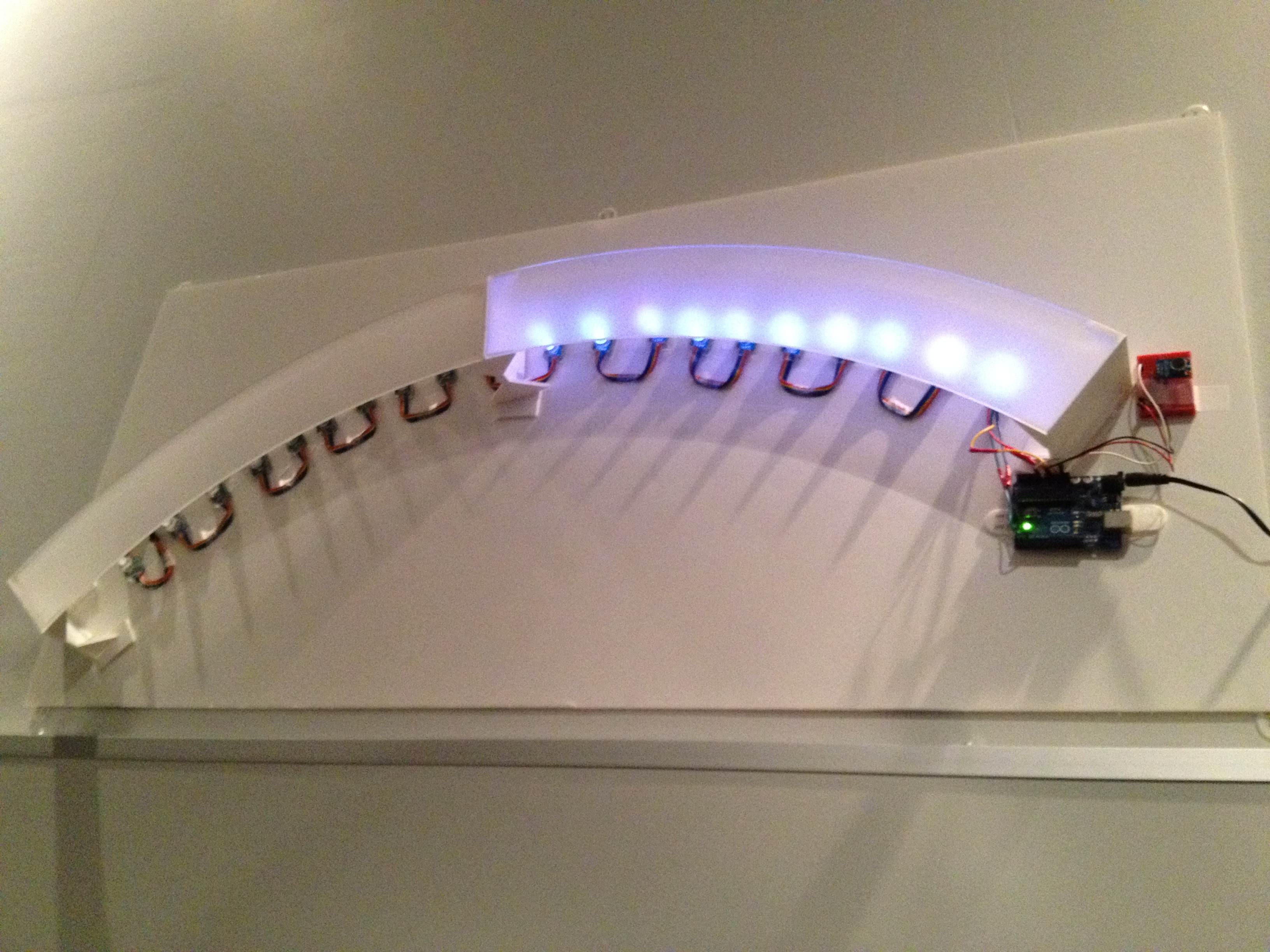Newsletter #4
We dug into the Jars prototype for this week and explored ways that the jars could technically capture audio and play it back as well as the aesthetics of the jars themselves. At a high level, this prototype operates on a “message in a bottle” interaction that records one person’s voice and plays the message to another. To beckon people toward it, it would have a series of LED lights that emulate a firefly’s trail.
Jason found a circuit that could do most of the heavy lifting of the electronics which would allow us to customize as we see fit instead of building from the ground up. Elwin experimented with his printed circuit breadboard to simulate an Arduino which would greatly reduce our fabrication costs. Anisha has been burrowing into using Tulle as a medium inside of the jar to house the LEDs. Yotam has been focused on documentation of the Scales and Jars project as well as archive organization. Unfortunately, we are still waiting on materials to really construct the prototype, notably sewable LEDs and conductive thread and the circuit for recording and playing back audio.
Additionally, we had a strong push to project the budgets for a full-scale fabrication of the Scales project. Because of the sheer size of what we are planning, we feel it will be important to present roughly how much we anticipate it to cost along with sketches of how it would change based on the different budget projections. Anisha researched different types of acrylic online and we fortuitously found a test kit of Acrylite in the shop. After looking at the different samples, we all felt that the Acrylite type called “White Satin Ice” would best suit our needs for light diffusion.
The big event of this week was our Scales prototype in the RPIS. As discussed last week, this simple prototype was fabricated to see what kind of impact it would have on the space and the demographic of our installation is already here: the students, faculty, and staff. Although its scale was small, we wanted to elicit some feedback from the students and faculty. Overall, people were intrigued and they wanted to know more because they felt it lacked a point in its current state. The most overwhelming response was that people wanted to see more responses from the installation as a result of their actions. Fortunately, we predicted this might have been the case and designed a set of scales devoted to displaying feedback. We feel that the feedback aligns well with where we want to take the Scales project if it advances to full fabrication.
Looking Forward
Our first project milestone is coming up next week. “Quarters” is a one day event in which the faculty rotate into selected project rooms for that day to see how the teams are doing and provide feedback. Since it is ungraded, the goal is to show the faculty where we are and where we could use their input. We’re excited to share our designs of the Scales project because we feel it has a strong chance of advancing into full fabrication. It will also give us the opportunity to share our other prototype ideas and get their impressions.
Current Challenge
The most prominent challenge for us has been balancing the schedule of each prototype against which parts we have available. Since we have to figure out the prototype and then order parts of it, there is usually a small delay of a few days or up to a full week. That means that there has been significant time overlap between the projects, and the lines blur quite a bit. For the most part, Scales is done, freeing us to focus on Jars until we know what to order for our third prototype.

